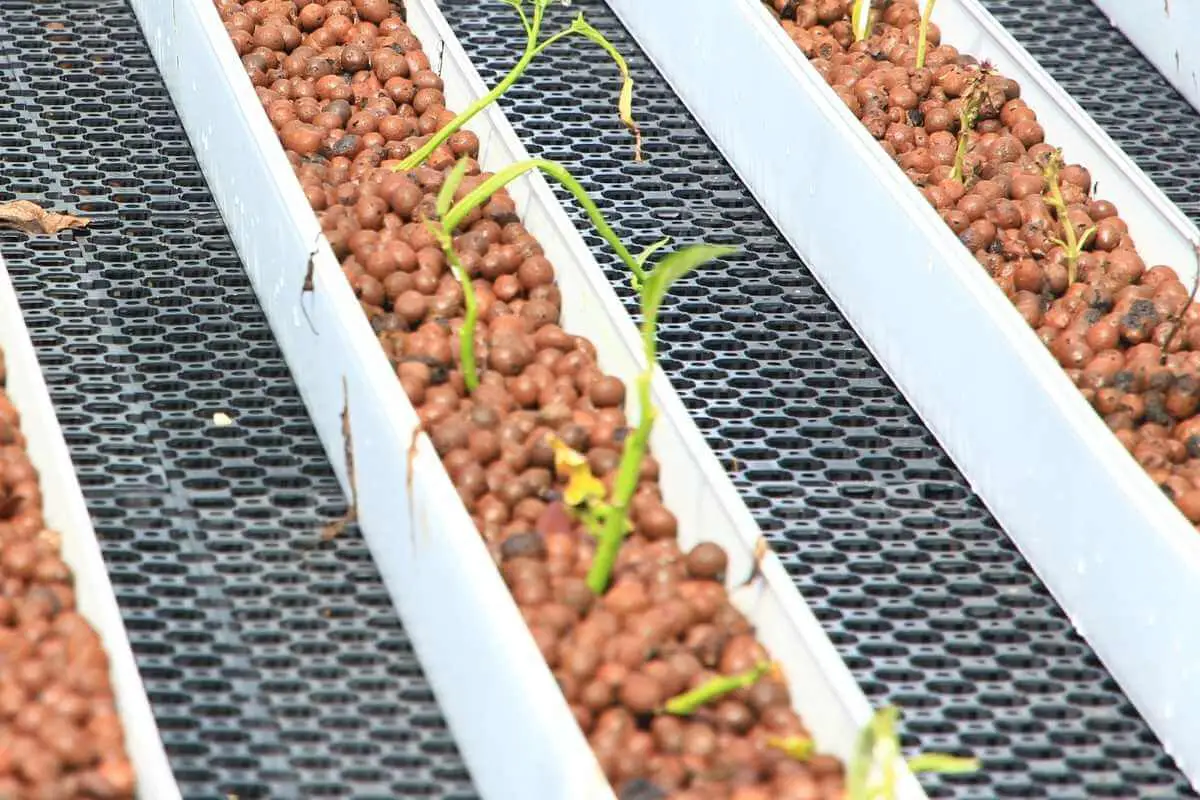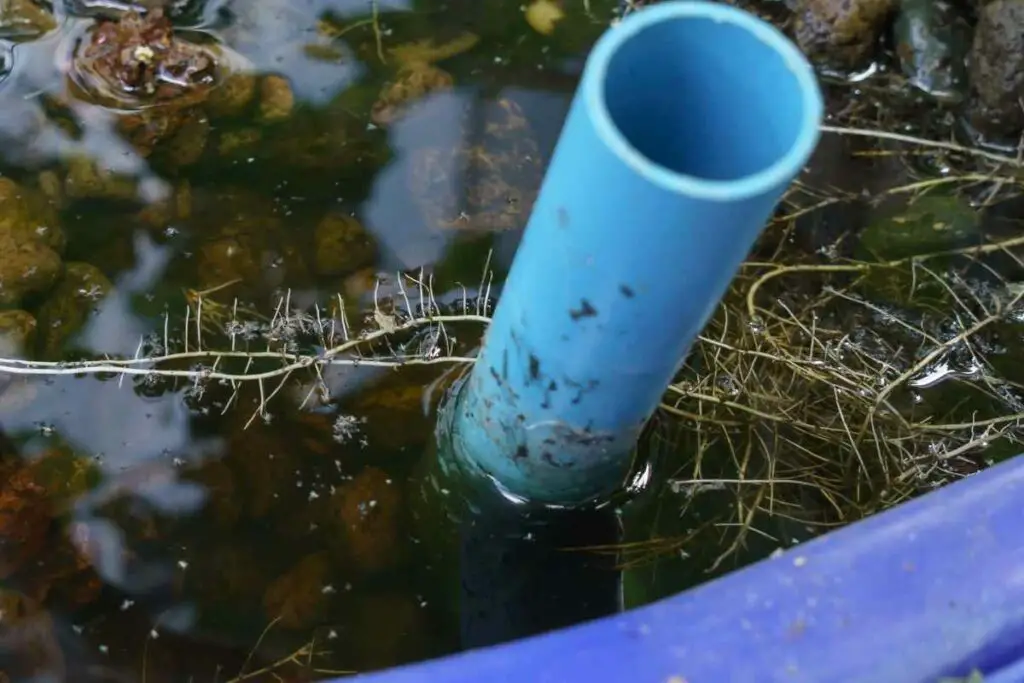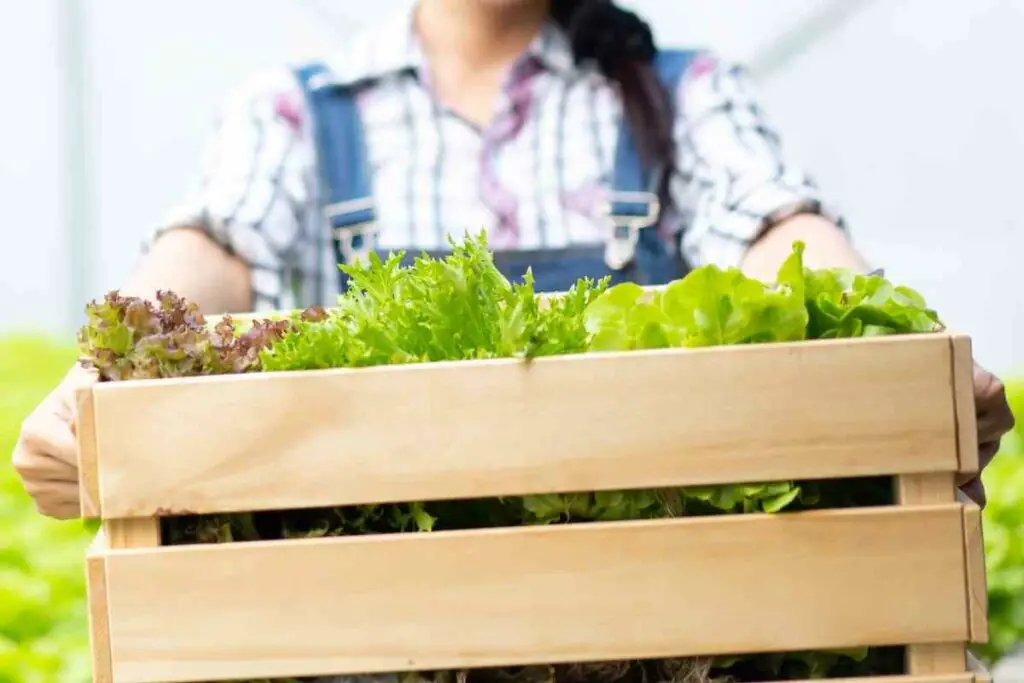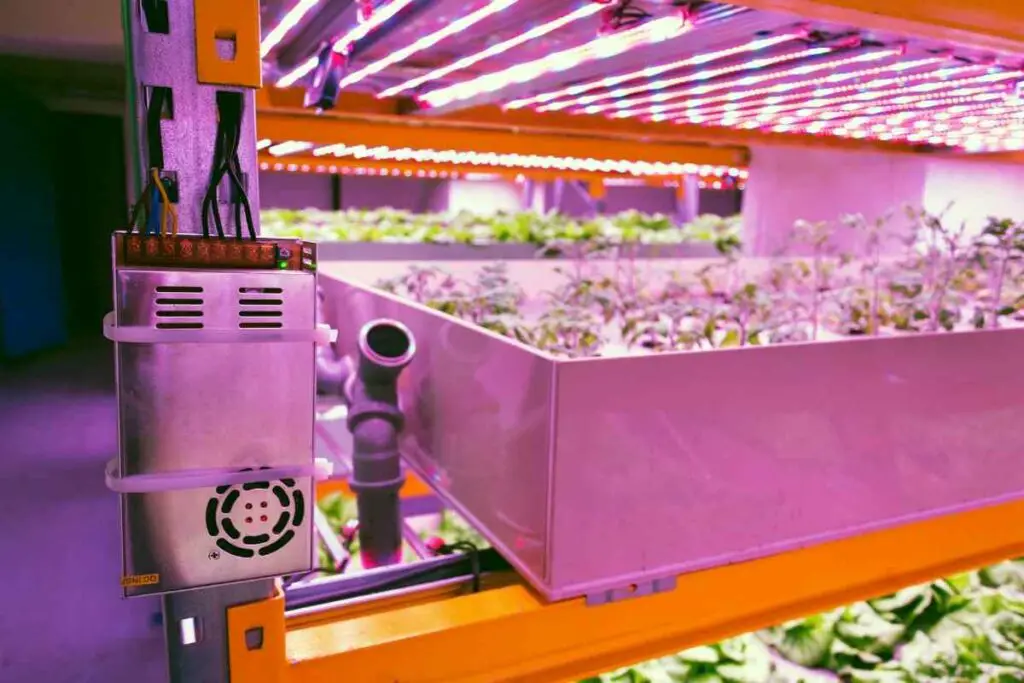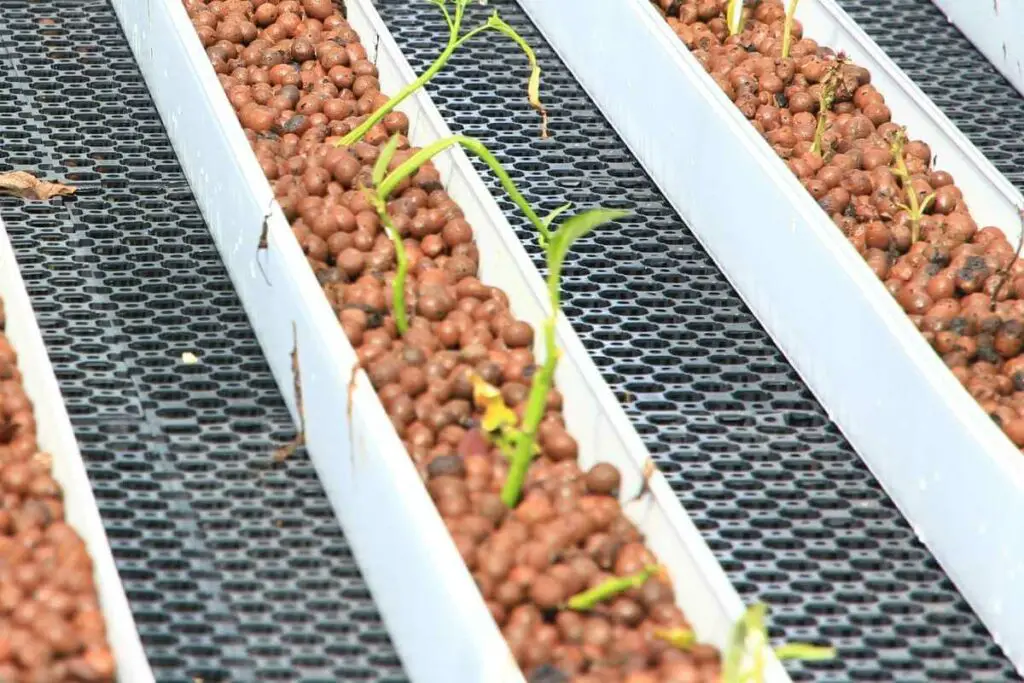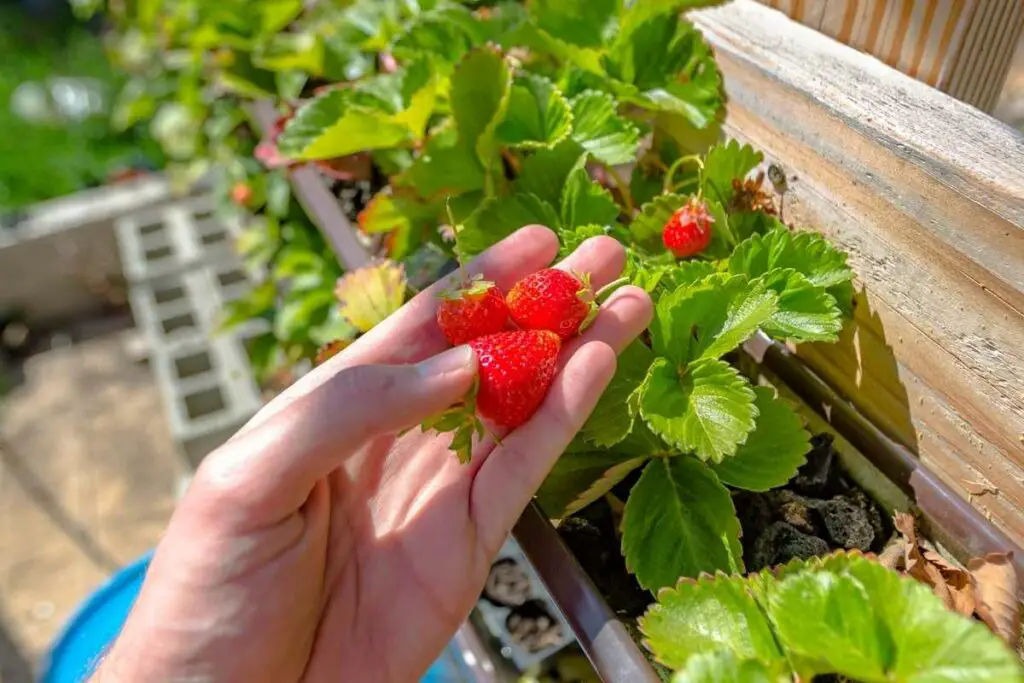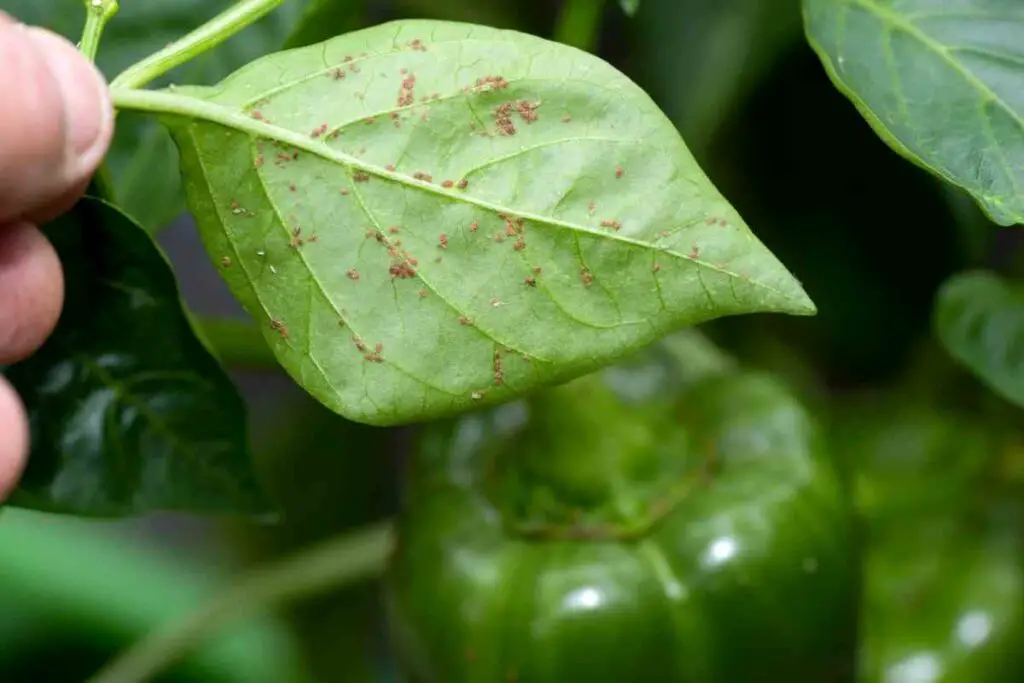Plants need enough space to grow while getting adequate essentials such as sunlight, air and nutrients.
Fortunately, in aquaponic systems, nutrients and water are readily available at the root, so the plant will not need to spread out its roots in search of these.
Due to their efficient provision of plant food, aquaponics can generally accommodate twice as much plant density within a space than the soil-based garden.
This results in a compact garden with healthy plants that do not need to compete for resources like water and nutrients.
Why Is Plant Spacing Important?
Ideal plant spacing promotes healthy and pest-free plant growth.
Good spacing allows free air circulation and adequate light for photosynthesis while also preventing mildew.
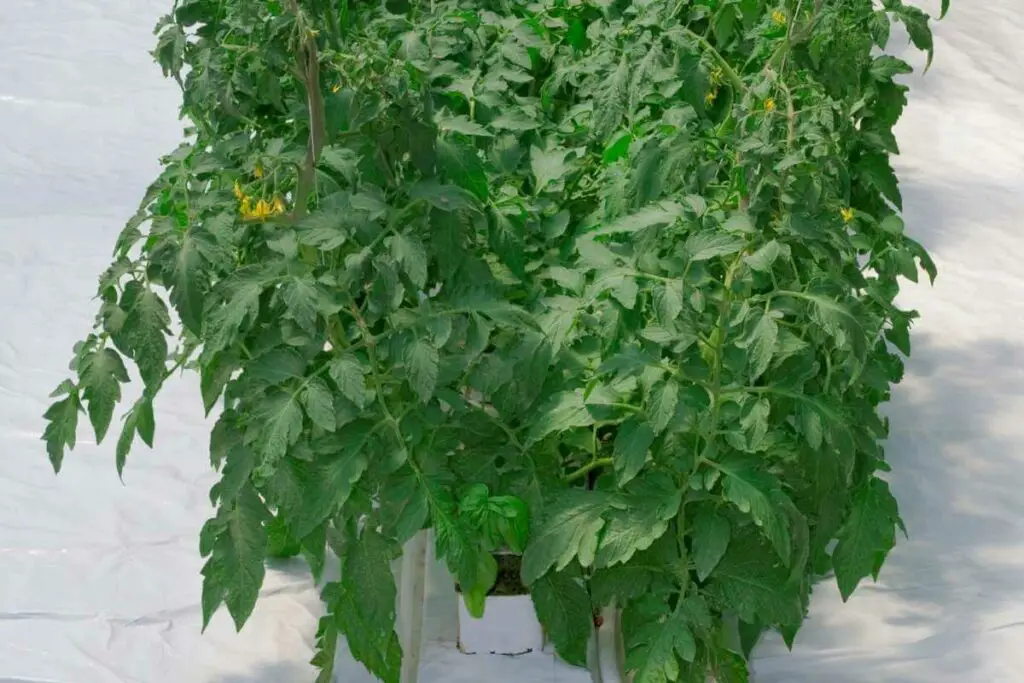
It has been proven from a study carried out on flower-yielding plants grown for essential oils that proper spacing increased yields.
In this study, the production of essential oils increased from 18% to 37% through proper spacing and pruning.
What Determines Plant Spacing In Aquaponics?
The Plants That Grow In Your System
Different plants have varying space requirements because they grow to different sizes and are not structured the same.
Therefore, each plant has unique space recommendations, which you will find on the seed packet:
- Packet instructions give you a hint of the required room for your plant at its full growth size.
- Remember that spacing guidelines on the packet are typically set for soil gardens. So, you can safely put more plants since the aquaponic system can accommodate more.
Below is a table showing space requirements for twelve popular aquaponics plants.
The list is based on what other professional farmers have experienced and what researchers have found.
It covers some of the most popular vegetables grown through hydroponics. You can refer to this guide to learn more information.
| Aquaponics Vegetable | Recommended Space Requirements |
|---|---|
| Basil | 15–25 cm (8–40 plants/m2 ) |
| Cauliflower | 45–60 cm (3–5 plants/m2 ) |
| Lettuce (Mixed salad leaves) | 18–30 cm (20–25 heads/m2 ) |
| Cucumbers | 30–60 cm (depending on variety; 2–5 plants/m2 ) |
| Eggplant | 40–60 cm (3–5 plants/m2) |
| Peppers | 30–60 cm (3–4 plants/m2, or more for small-sized plant varieties) |
| Tomatoes | 40–60 cm (3–5 plants/m2) |
| Beans and peas | 10–30 cm dependent on variety (bush varieties 20–40 plants/m2 , climbing varieties 10–12 plants/m2 ) |
| Head cabbage | 60–80 cm (4–8 plants/m2) |
| Broccoli | 40–70 cm (3–5 plants/m2) |
| Parsley | 15–30 cm (10–15 plants/m2) |
| Swiss chard or Mangold | 30–30 cm (15–20 plants/m2 ) |
The Plant’s Stage of Growth
Plants increase in size as they grow, so you need to be aware of their increasing space requirements.
You can plant younger crops closely while nursing, but they will need to be transplanted and thinned out as they grow.
You can do a mathematical calculation to determine how you will space your plants.
Use the following simple steps to get a hint of the number of adult plants you can accommodate on a raft:
- Find the surface area of the raft on which you will be planting. (Length X Width)
- Find the surface area necessary for one plant. (3.14 X r^2 of the plant)
- Divide the surface area of the raft by the surface area of the plant
The Method of Aquaponics You Practice
There are different aquaponic systems:
- The media bed
- Deep water culture (DWC)
- Nutrient film technique (NFT)
- Wicking beds
Each of these systems is best implemented in different situations and for different plants.
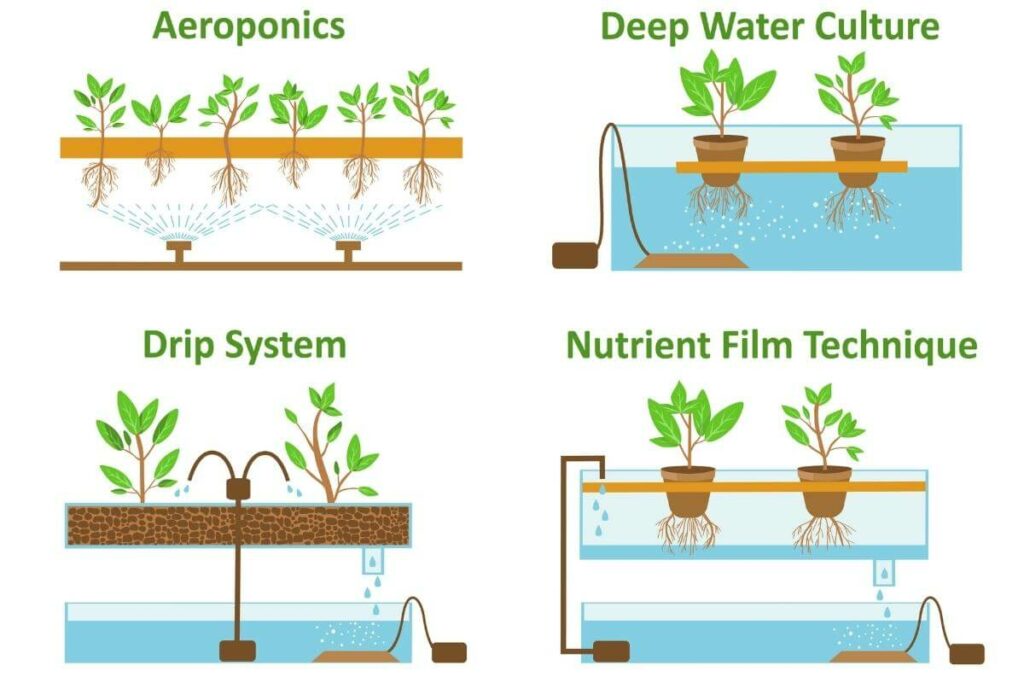
Likewise, different spacing requirements are ideal for each method.
You will also need to consider different strategies that you use for aquaponics like:
- Plant some onions, mint or scallions between all your plants to keep the birds away. These will not crowd your main plants as they take up little space, but they will keep pests away.
- Consider introducing some ladybugs in your garden; they will eat most bugs from plants. You can buy them from Home Depot. No need to buy any pesticides; just keep the system natural.
- You can feed the leaves that have been eaten by bugs or those that are yellowing to the fish. The fish will enjoy these, and your system will thrive.
- Grow a variety of crops to avoid severe infestation, which can destabilize the entire aquaponics system. A diverse array made up of several plant species will keep your system well balanced.
- Stagger your plants to harvest and replant continuously, thereby preserving the correct balance of each nutrient and mineral in the system. Not only that but you will have a constant supply of fresh fruits or vegetables on your table.
- Utilize the entire surface area that covers your grow bed. Plant vegetables that mature quickly in between those with longer maturities, for instance, plant salad green between eggplants or tomatoes. This helps because the greens will develop and be ready for harvest in time to give ample room for the eggplants to mature.
Whichever strategy you are using will also determine the spacing for your plants.
Conclusion
Plant spacing in aquaponics is more than just one aspect.
Follow the above guidelines and tips to keep your plants properly spaced to reap maximum harvests.
